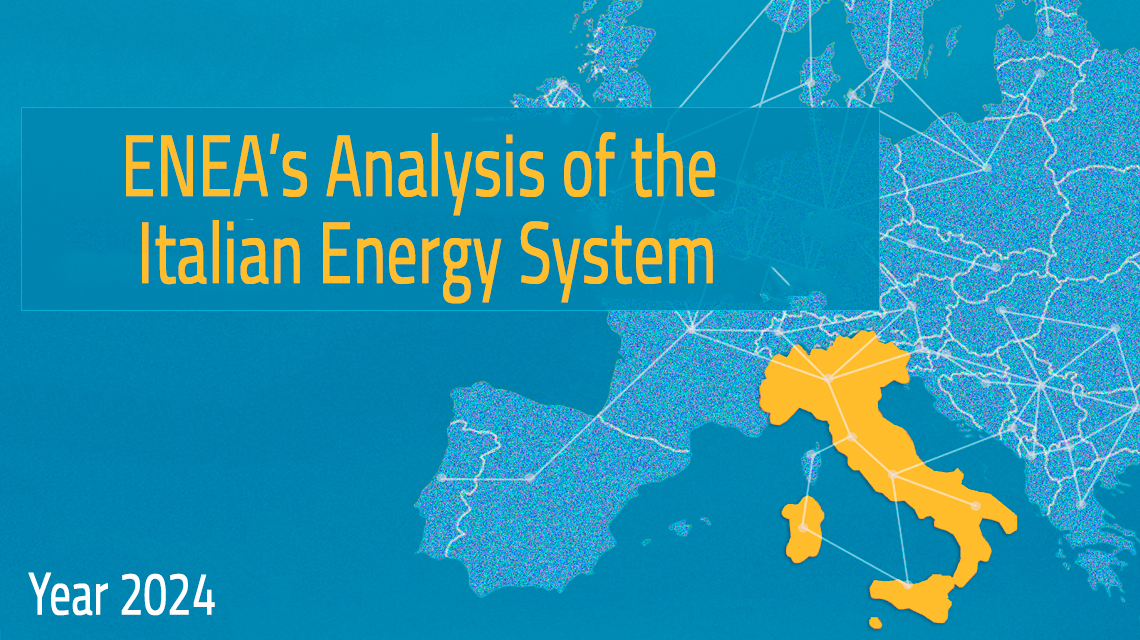Italian National Agency for New Technologies, Energy and Sustainable Economic Development

Energy: Price spread with Europe widens in 2024 as consumption increases
In 2024 energy consumption increased by 1% compared to 2023, driven by transport (+3%) and buildings (+2.5%). CO2 emissions, on the other hand, decreased by 3% year-on-year but restarted growing in the last six months (+1.5%; but +3.5% in the transport and civil sectors) after two years of decline.
These are some data of ENEA’s Analysis of the Italian Energy System for 2024, which highlights volatile energy prices in wholesale markets and a widening spread with the rest of Europe—both for electricity (€108/MWh the annual average on the Italian market, compared to €78 in Germany, €63 in Spain, and €58 in France) and for gas (with a differential of around €3/MWh between the Italian PSV market and the European TTF benchmark).
“According to our analysis the Italian energy transition is going through a difficult phase, as 2030 energy and climate objectives are becoming further and further away”, explains Francesco Gracceva, who coordinates the ENEA Analysis. “Electricity and gas prices – he adds – have both decreased by 15% in 2024, however in the second part of the year they have had an upward trend and now they are still well above the average of the decade 2010-2020 (gas is +60%, while the price of electricity is more than twice the long-term average)”.
In terms of primary energy sources, coal consumption halved in 2024, and it has now just a residual role in power generation (with a share of about 1%), while all other energy sources have increased: oil +1.2%, gas +0.8%, renewables +12%, driven above all by the strong growth of hydroelectricity. Net electricity imports remained unchanged.
ENEA Analysis points out a worsening of the ENEA ISPRED index (-25%; now at an all-time low), due to the slowdown in CO2 emissions fall and the insufficient growth of renewable energy: despite the strong increase in photovoltaic system installations (+6.8 GW), in fact, the share of renewables in final consumption (20%) remains 2.5 points below the PNIEC target for 2024.
“Data on non-ETS emissions are quite negative and play an important role in the all-time low reached by our ISPRED index: now, to meet their 2030 target, non-ETS sectors should reduce their emissions by 5% per year, compared to the -1% average recorded in the last five years”, continues Gracceva.
On the contrary, there are a few positive signals with respect to the trade balance in decarbonization technologies. After five consecutive years, the continuous increase in the Italian trade deficit on low-carbon technologies has halted, falling from 6.4 to around 5.5 billion euros. “The stop stemmed from the evolution of both low-carbon technology demand and price”, clarifies Gracceva. In detail, the trade deficit for low-emission cars has grown from around 1.3 to just under 2.5 billion euros, while the excess supply has caused the cost of imported photovoltaic panels to collapse (-37%), causing the halving of the deficit in the sector, which is now equal to just over 1 billion euros.
